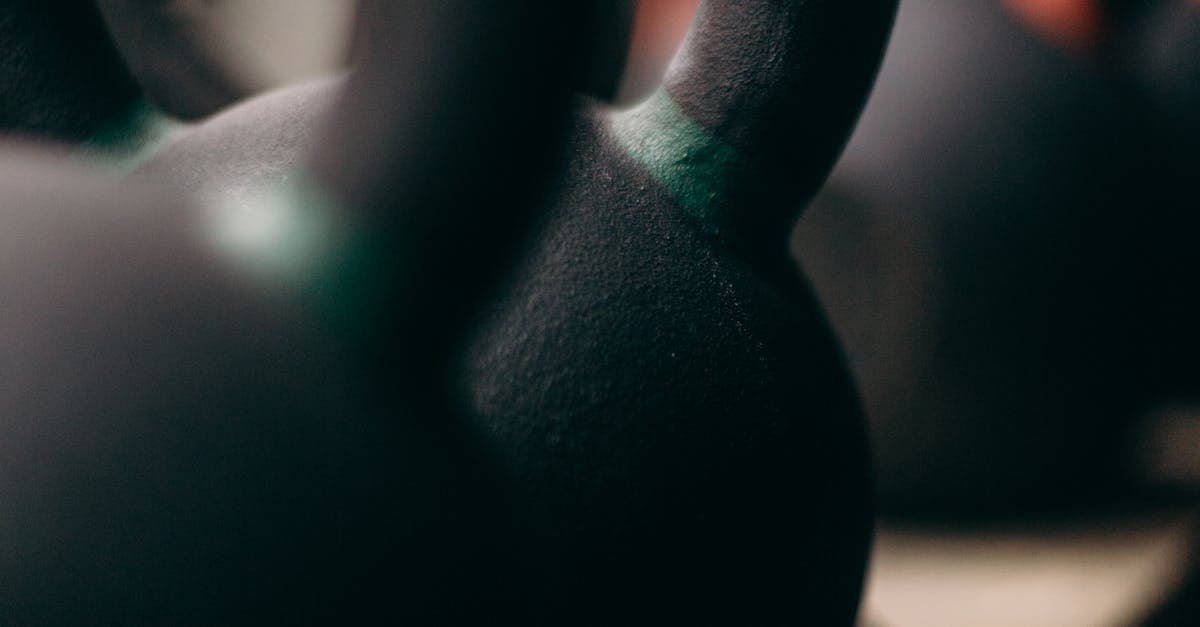Understanding the Connection Between Psoas Muscle and Back Pain
Exploring the Psoas Muscle: A Key to Unlocking Back Pain Relief

Understanding the Connection Between Psoas Muscle and Back Pain
The psoas muscle, located deep within the core, plays a crucial role in our everyday movements and overall well-being. This powerful muscle, responsible for hip flexion and spinal stability, can significantly impact our posture, spinal alignment, and even cause back pain when tight or weak.
This article delves into the intricate relationship between the psoas muscle and back pain, exploring the underlying causes, identifying common symptoms, and outlining effective treatment options. By understanding the role of the psoas muscle in back pain, we can take proactive steps to prevent and manage this discomfort, promoting optimal mobility and a pain-free life.
1. Introduction: The Psoas Muscle and Its Significance
Introduction: The Psoas Muscle and Its Significance
The psoas muscle, a crucial component of our musculoskeletal system, is a deep-seated muscle located in the lower back. This powerful muscle, often referred to as the “hip flexor” muscle, plays a vital role in various movements and bodily functions.
Primarily, the psoas muscle is responsible for flexing the hip joint, allowing us to lift our thighs toward our bodies. This action is essential for activities such as walking, running, and climbing stairs. Additionally, the psoas muscle contributes to spinal stability by helping to maintain the natural curvature of the lower back and preventing excessive forward flexion. It works in conjunction with other core muscles to support the spine and pelvis, promoting proper posture and balance.
Understanding the anatomy and functions of the psoas muscle is paramount to comprehending its potential impact on back pain and overall musculoskeletal health. By delving into the intricacies of this muscle, we can gain valuable insights into preventing and managing back pain, promoting optimal mobility and well-being.
2. Psoas Muscle and Back Pain: Causative Mechanisms

Psoas Muscle and Back Pain: Causative Mechanisms
The psoas muscle, when tight or weak, can significantly contribute to the development of back pain through various mechanisms. Understanding these mechanisms is essential for effective prevention and management of psoas-related back pain.
A tight psoas muscle can lead to an imbalance in the muscles of the lower back, pelvis, and hips. This imbalance can cause the pelvis to tilt forward, which in turn increases the curvature of the lower back (lumbar lordosis). This excessive curvature can strain the muscles and ligaments of the lower back, leading to pain and discomfort.
Moreover, a weak psoas muscle can impair its ability to stabilize the spine and pelvis, resulting in excessive movement and instability. This instability can put excessive stress on the surrounding muscles, ligaments, and joints, leading to pain and discomfort. Additionally, a weak psoas muscle can contribute to poor posture, which can further exacerbate back pain.
3. Identifying Symptoms of Psoas-Related Back Pain
Identifying Symptoms of Psoas-Related Back Pain
Back pain caused by the psoas muscle can manifest in various ways, depending on the severity and underlying cause. Recognizing the common symptoms associated with psoas-related back pain is crucial for timely diagnosis and appropriate treatment.
One of the most common symptoms is lower back pain. This pain may be dull and aching or sharp and stabbing, and it can range from mild to severe. The pain may worsen with prolonged sitting, standing, or walking, and it may also radiate to the buttocks or thighs.
Hip pain is another common symptom of psoas-related back pain. The pain may be located in the front of the hip or the groin area, and it may worsen with activities that involve hip flexion, such as climbing stairs or getting out of a chair. Muscle tightness in the lower back and hip flexors is also a common symptom. This tightness may make it difficult to perform everyday activities, such as bending over or lifting objects.
4. Effective Treatment Options for Psoas-Induced Back Pain

Effective Treatment Options for Psoas-Induced Back Pain
Managing psoas-related back pain involves a multifaceted approach that may include stretching exercises, strengthening exercises, and massage therapy. These treatment modalities aim to address the underlying causes of the pain, relieve discomfort, and restore optimal function.
Stretching exercises can help to lengthen and relax a tight psoas muscle, thereby reducing pain and improving flexibility. One effective stretch is the knee-to-chest stretch, which involves lying on your back and pulling one knee towards your chest. Hold the stretch for 20-30 seconds and repeat with the other leg.
Strengthening exercises can help to improve the strength and stability of the psoas muscle and surrounding muscles. One effective exercise is the psoas march, which involves standing with your feet hip-width apart and marching one knee towards your chest at a time. Perform 10-15 repetitions on each leg.
5. Preventive Measures to Reduce Psoas-Related Back Pain
Preventive Measures to Reduce Psoas-Related Back Pain
Preventing psoas-related back pain involves adopting healthy lifestyle habits and incorporating simple strategies into your daily routine. Maintaining proper posture is paramount to prevent strain on the psoas muscle. When sitting, ensure your feet are flat on the floor and your knees are bent at a 90-degree angle. When standing, distribute your weight evenly on both feet and avoid slouching.
Engaging in regular exercise is another crucial preventive measure. Strengthening the core and hip flexor muscles can help to stabilize the spine and pelvis, reducing the risk of psoas-related back pain. Incorporate exercises such as planks, squats, and lunges into your fitness routine. Additionally, low-impact exercises like swimming and cycling can provide a gentle workout without putting excessive strain on the psoas muscle.
Quiz: Test Your Understanding
1. True or False: The psoas muscle is primarily responsible for extending the hip joint.
2. Which of the following is a common symptom of psoas-related back pain? (a) Lower back pain (b) Neck pain (c) Shoulder pain
3. Which type of exercise can help to strengthen the psoas muscle? (a) Bicep curls (b) Psoas march (c) Hamstring stretches
4. True or False: Maintaining proper posture can help to prevent psoas-related back pain.
5. Which of the following is a preventive measure to reduce psoas-related back pain? (a) Managing stress (b) Smoking (c) Prolonged sitting
Answer Key:
- False
- (a) Lower back pain
- (b) Psoas march
- True
- (a) Managing stress
